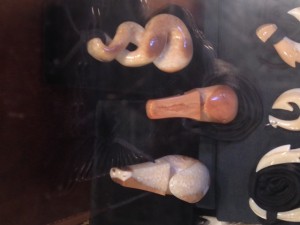The informant is one of my family members that has been brought up listening to these songs in her household. It is seen as one of the ballads that she most remembers growing up.
Narrative
The narrative is about the kingdom of Petra in Jordon and discusses “the king’s journey to fight against the Romans that tried to invade the kingdom and left the queen Shekeilah” to rule the kingdom. He also “left his seven-year-old daughter, Petra.” Roman soldiers come to the kingdom with troops and want to “hide the gold that they have in Petra’s safe, which was widely known to be a safe place. They kidnap the princess and keep her for ransom.” Everyone searched for the princess and could not find her. The informant states that the ballad continues with “the Romans ordering the queen to stop the king from attacking Rome’s occupying kingdoms.” If the queen did not, they would kill Petra. The ballad resumes with the Jordanian king conquering the Romans and returning home but “the queen halts the celebrations because she lets him know that they had to sacrifice their daughter for the victory of their kingdom”
Context:
The informant describes this as a “very popular song that was played for many years and all ages, telling the dreadful story of how ‘with victory, comes sacrifice’ in the death of a woman named Petra.” After a few years, the most widely known classical singer, Fairouz had taken the song and incorporated it into a musical that framed the entire story, placing this song as the finale, to highlight the importance of the ballad in the musical. The musical “opened for everyone to see and gain an authentic understanding of what the song truly meant and the importance of the princess in the story of victory” It was recorded and premiered across the Arab world in countries such as Lebanon, Egypt, Jordan and others, showing the beauty of Arabic ballads on stage.
Analysis:
This ballad is meant to portray the significance of the princess in the narrative as she is not only a member of the royal family of Jordan but a symbol of change in the kingdom of Petra, even through her death. Being made into a musical does not diminish the gruesome element of her death but instead portrays it through other art on a stage, making it more accessible to wider audiences. This allows them to gain an understanding of how powerful the Arab world may be, but it must come with a sacrifice. Children are able to watch the musical and learn the consequences of their actions, through the ballad and the lyrics that explain her death, and the royal’s reaction to her sacrifice. This also plays a role in the history of the Arab world as it has gone through many invasions from other countries and emphasises the strength that they have, however, also a piece of themselves that had been taken long ago.

